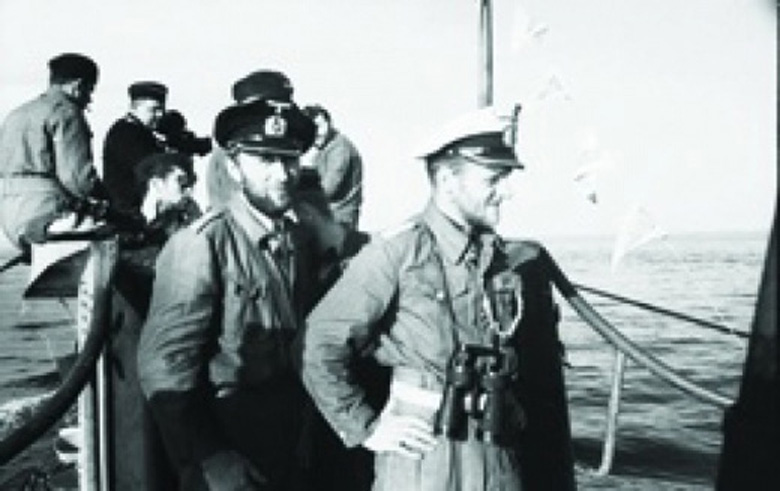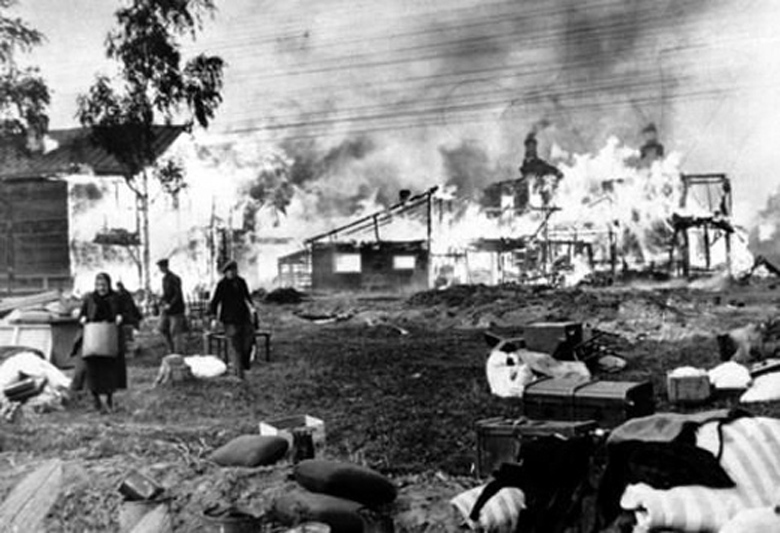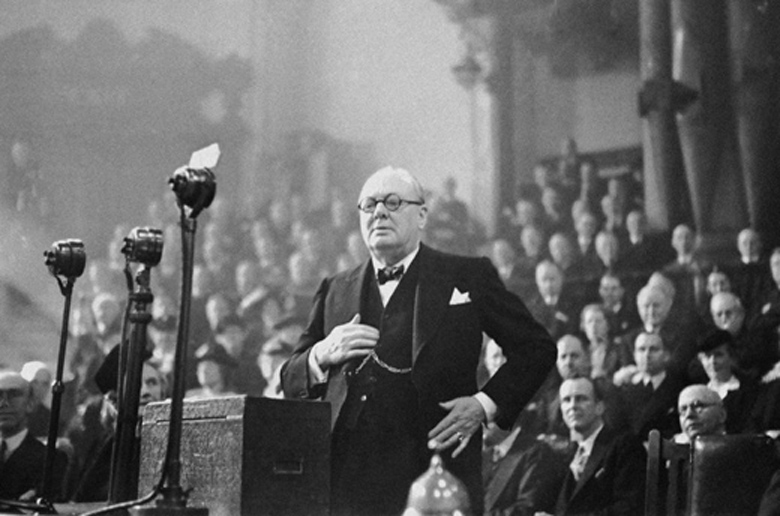Allied Planning
The Moscow conference ends with a joint declaration made that the Soviet Union will continue to receive an increasing amount of help from both Britain and America, basically, US and British arms for Russian raw materials.
[Battle of the Atlantic
U-94 badly damages the British tanker San Florentino (12,842t), a straggler from Convoy ON-19, southeast of Cape Farewell with the loss of 23 of her crew. 35 survivors are picked up by the Canadian corvette Mayflower. What is left of the wreck is sunk by gunfire from the Canadian corvette Alberni on the 2nd.
[Soviet Union, Home Front
The deportation of Germans from the northern Caucasus to Kazakstan begins.
[Eastern Front
FINLAND AND NORWAYAfter a month of heavy fighting, Petrozavodsk falls to the Finns.
|
|
Guderian forces units deeper into Gen Andrey Eremenko's left flank. Group Ermakov launches a brief counterattack in an effort to close the hole between itself and the 13th Army but is quickly forced back onto the defensive. The XXIV pushes toward Orel while the XLVII Panzer Corps attacks toward Bryansk, aiming to link up with the 2nd Army, which has entered the battle against the 50th and 43rd Armies.
Late in the day, the XXIV Panzer successfully encircles 2 divisions of the 13th Army and has fully isolated Group Ermakov (Gen Arkady). Sevsk falls to the XLVII Panzer Corps, which then wheels northeast toward Karachev and Bryansk. Gen Andrey Eremenko still has not realized that this attack is part of the main German thrust toward Moscow and only orders Ermakov to recover Sevsk.
Just two-days fighting has left the southern flank of the Soviet defenses before Moscow in tatters. The Stavka moves Gen Dmitry Lelyushenko's I Guards Rifle Corps consisting of 2 rifle divisions and the 4th and 11th Tank Brigades, to take up blocking positions on the road to Orel and orders the 49th Army to redeploy to protect the Orel-Kursk axis.
SOUTHERN SECTORAs the 1st Panzer Group pushes units toward the Azov Sea, the infantry armies join the offensive. Both the 6th and 17th Armies launch ferocious attacks around Gadyach in an effort to break open the Southwest Front before Kharkov, while on the southern flank the XXX Corps of the 11th Army presses along the Azov coast, forcing the left wing of the South Front to the north, into the arms of von Kleist's panzers.
[












































